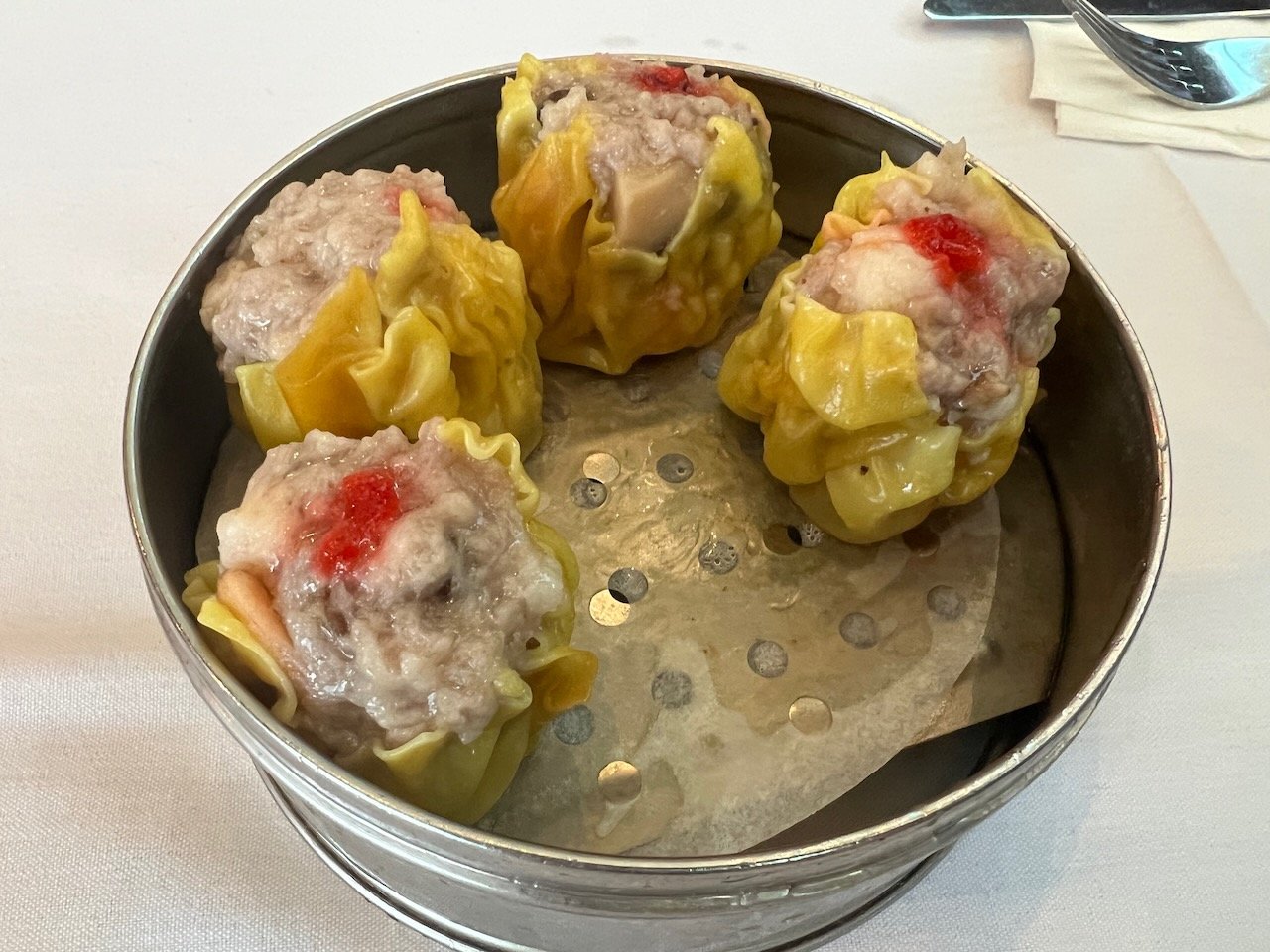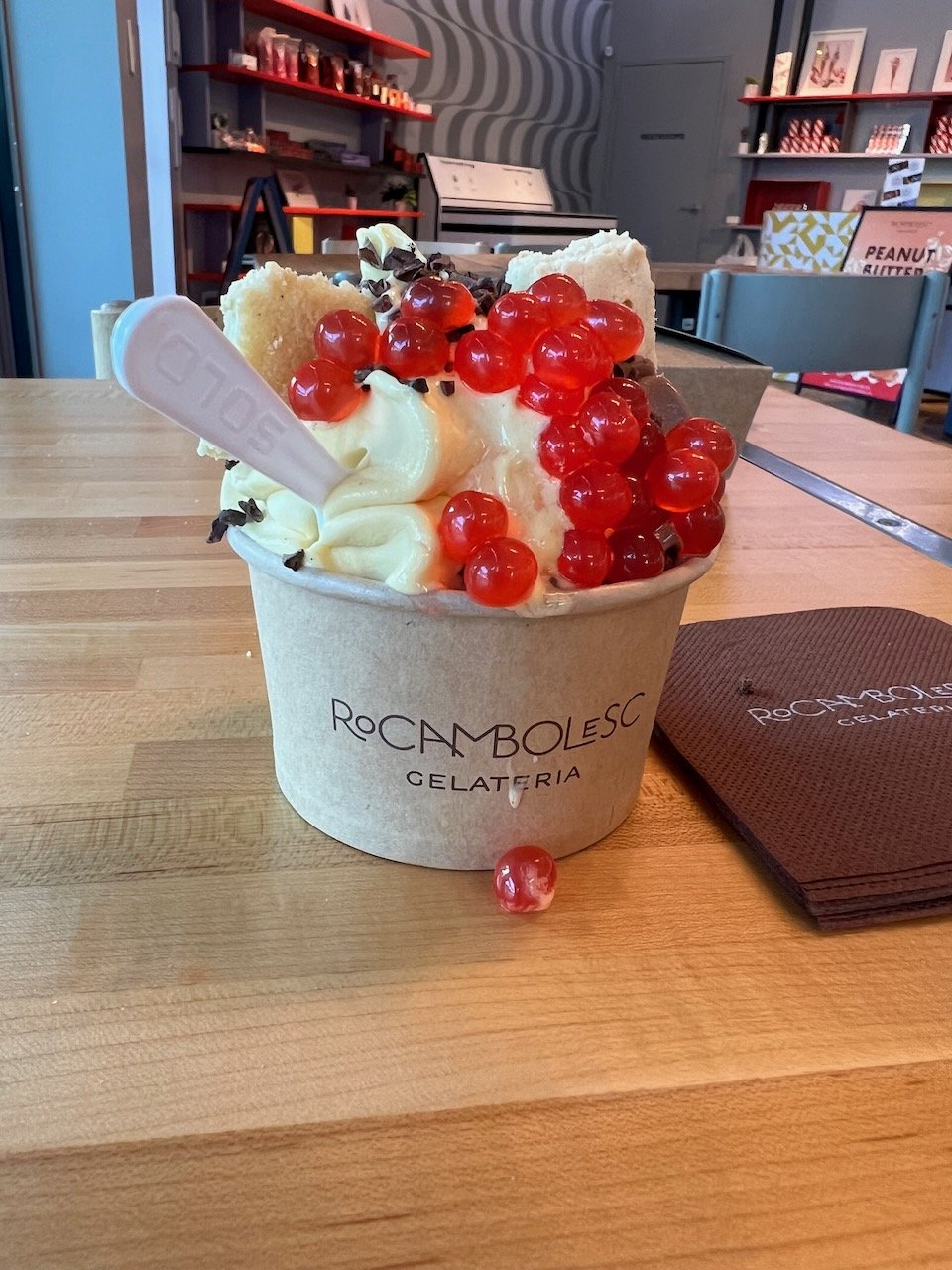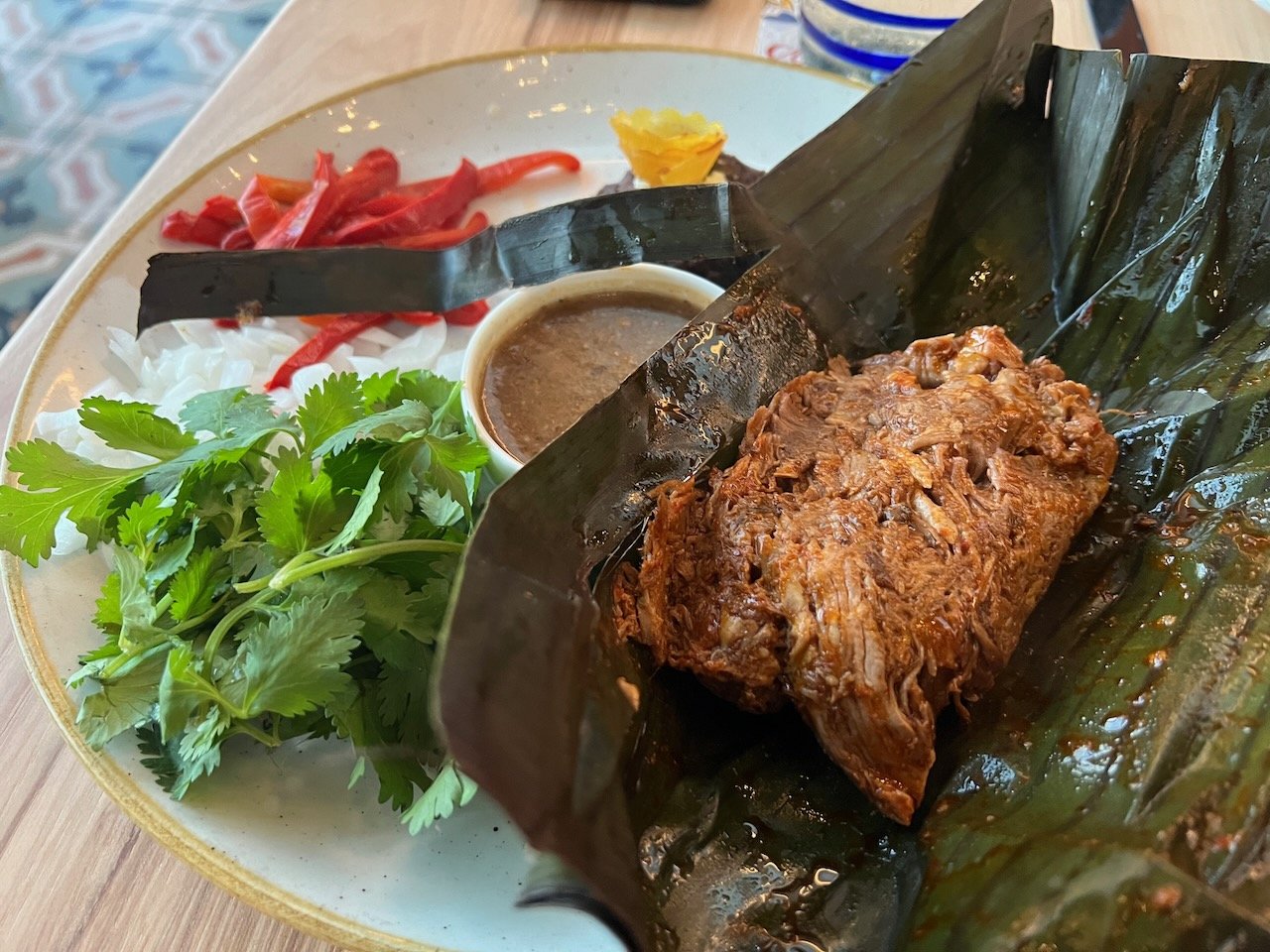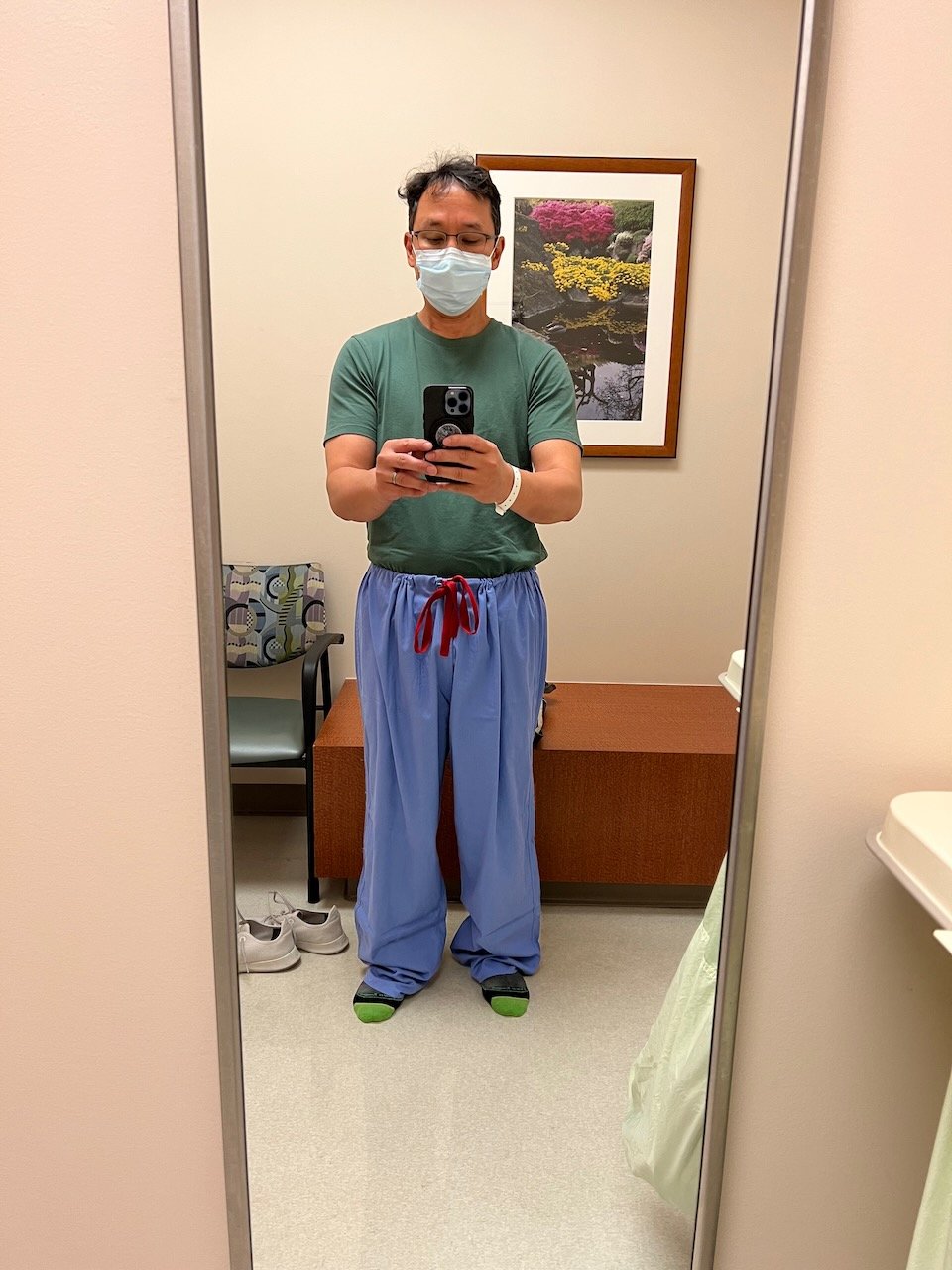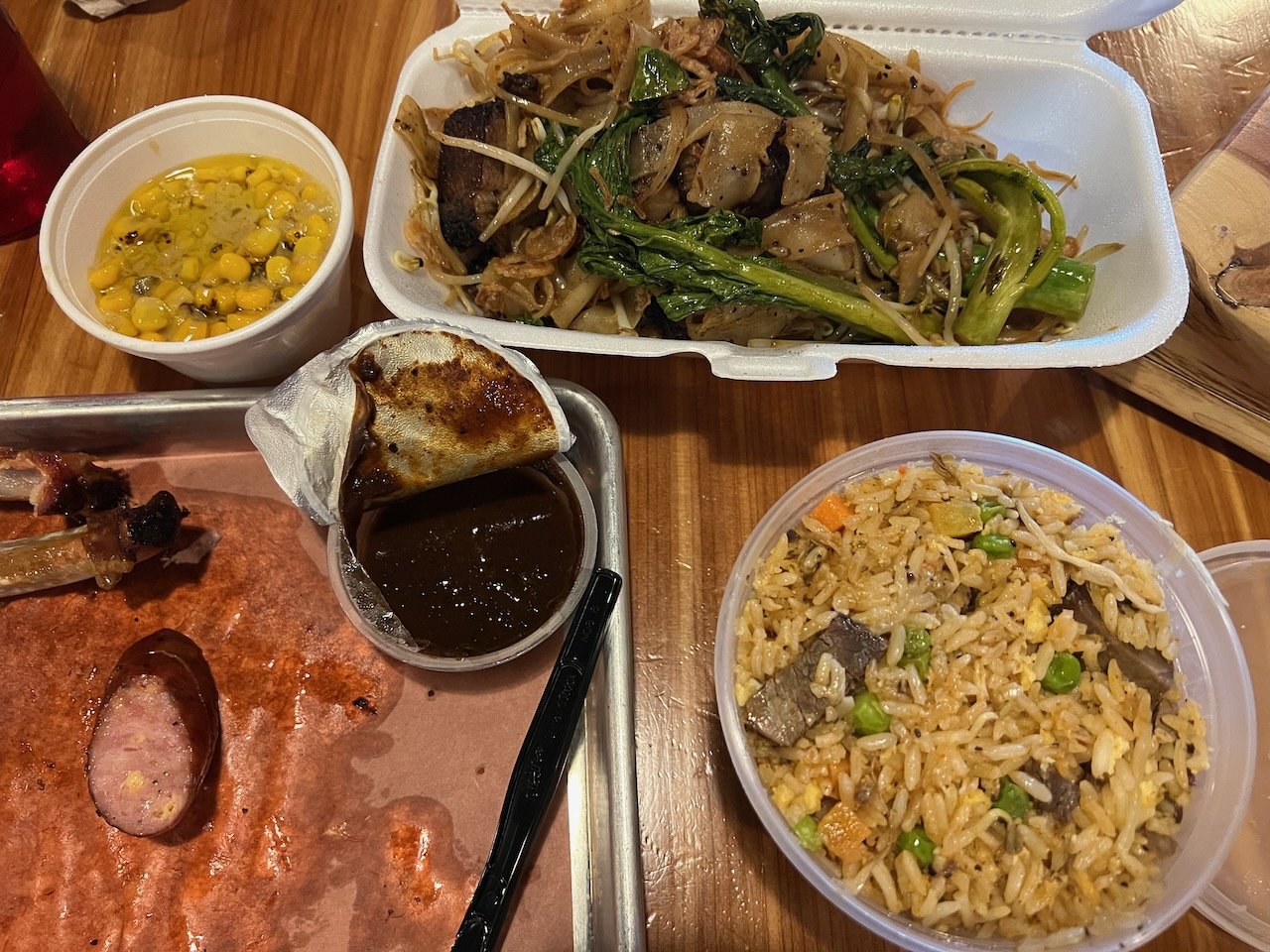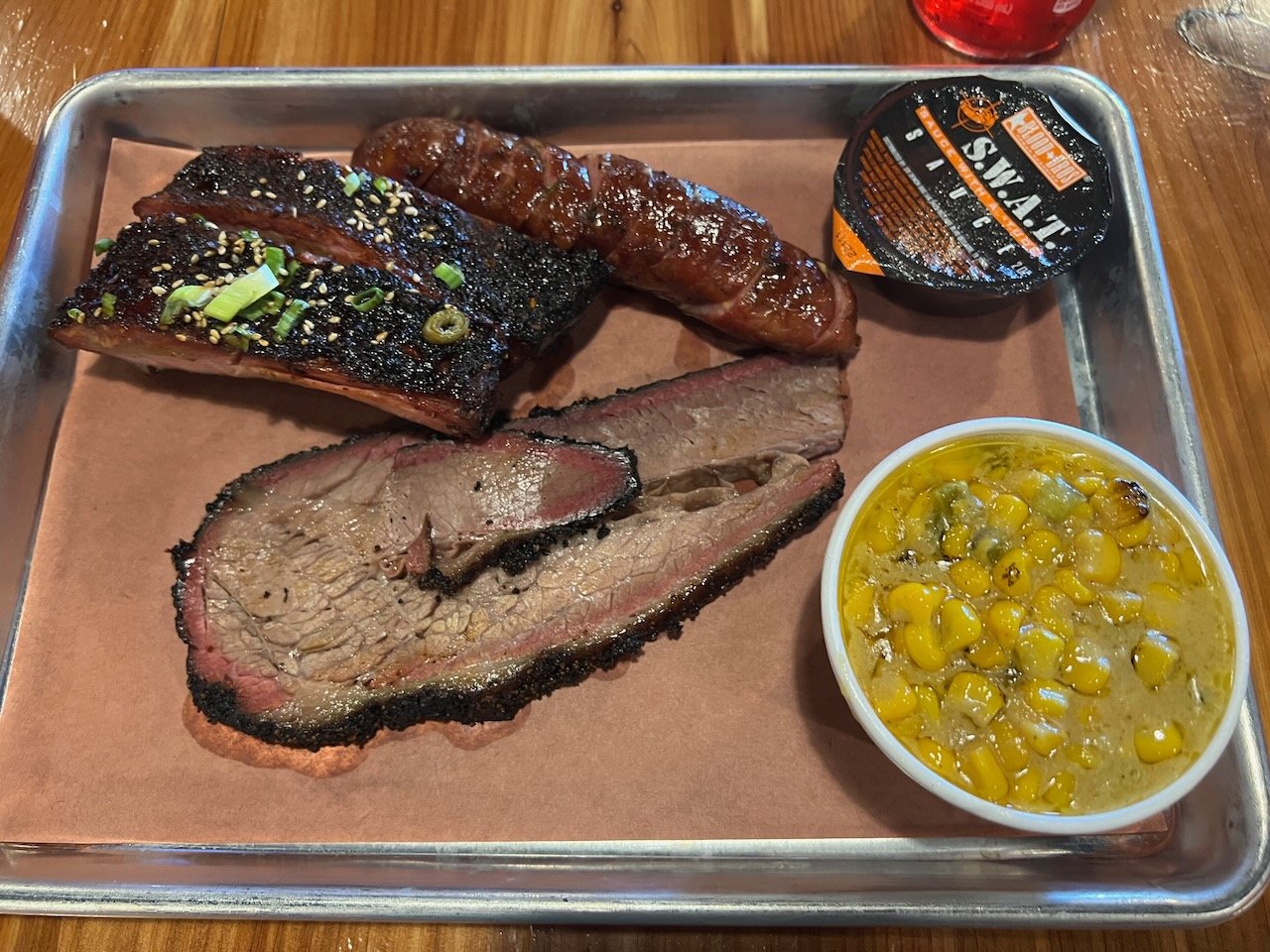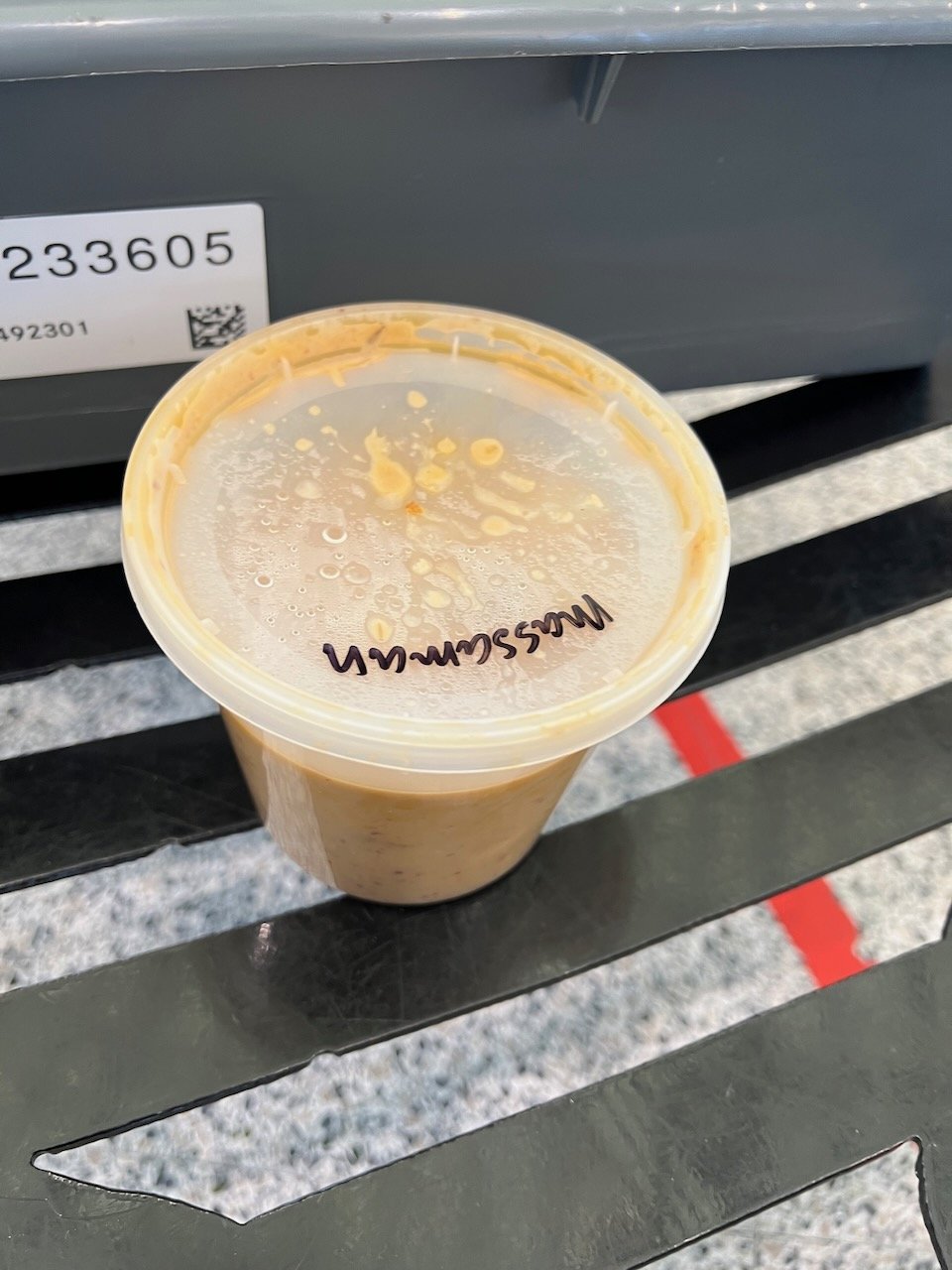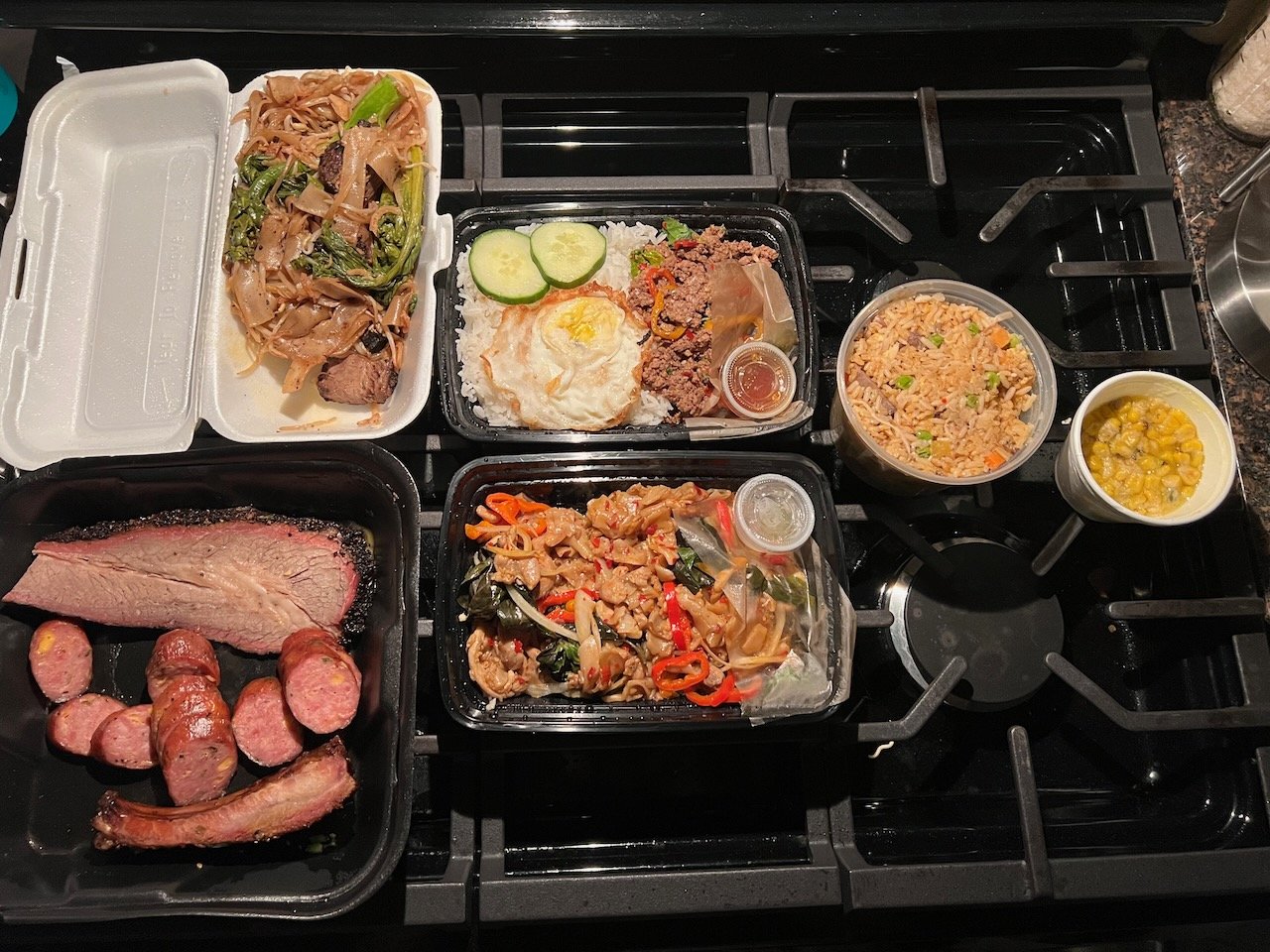Planning for SBRT Treatment
Now that I am scheduled to have SBRT treatment at MD Anderson Cancer Center (MDACC) in Houston from 16-23 August 2023, it feels like we are moving forward with the plan. We have turned the page from the deliberation phase, and we have gotten increasingly confident with our approach. I went to Houston for treatment planning appointments Tuesday-Wednesday (25-26 July 2023). It was a very efficient and productive process. This was originally scheduled as a 4 day trip (before I had Covid), but the rescheduled trip worked out well, with all the appointments on condensed timeline. During the trip, I had the following appointments:
Oral oncology: get fitted for radiation stent and fluoride trays
Dr. Hanna (surgical oncology): catch up visit, as he had been my care coordinator
Dr. Phan (medical oncology): discuss plan and expectations
Imaging: a total of 4 scans, including making a new mask with a CT scan, then PET, CT and MRI planning scans
Tuesday Appointments
The trip started on Tuesday morning with a 2:45am wake up call, as I had to catch a 5am flight to make a 9am oral oncology appointment. The purpose was identical to the purpose of the visits I had in August last year, when we considered consolidating SBRT treatment. Once again, they made a new radiation stent and took impressions to make fluoride trays. MDACC wants me take more precaution with my mouth care. That is, instead of the high fluoride toothpaste (1.1%), they want me to use fluoride trays for the rest of my life. In other words, they want my mouth to have 10 minutes covered in fluoride instead of just 2 minutes brushing with the toothpaste.
One interesting thing that the team noted is that my saliva post-radiation (from 2018) isn’t “real.” Since my salivary glands were damaged, what I produce now is not the same as what I produced before. Thus, the saliva doesn’t clean my mouth the way it used it. I do notice that effect. Not only do I have to drink more liquid to eat certain foods, but even after eating, there is more stuck on my teeth and gums. So I can understand why I need to take extra steps to prevent long term issues.
The visit to Dr. Hanna and his team was quite useful in validating our decision. He agreed that SBRT (vs. the hyperfractionated RT) offered a higher probability of long-term control and lower toxicities, especially since my tumor is small. He made an interesting analogy - if we can kill the tumor with a “smart bullet,” then there would be no need to go “nuclear,” with all the collateral damage.
In addition, he elaborated on why I am not a candidate for surgery. While his assessment was a disappointment when we first heard it, the appointment reassured us, particularly as he and Dr. Gopal had the same rationale. That is, if surgery cannot achieve negative margins, then any post-surgery radiation is at a higher risk. He made a point that with surgery, they would be scarring and there would be a lot of tissue removed. That tissue would be replaced with a protective flap from tissue or fascia from my cheek or thigh. However, while that flap would offer some protection to my carotid artery, it would be much less protective than the tissue that’s currently there.
We also talked about post-SBRT considerations. In general, Dr. Hanna emphasized that the treatment plan would be determined based on a number of test results, not just a single test. If they all point in the same direction, then the confidence of how the tumor responded to SBRT increases. For example, if the MRI shows no discernible tumor, a PET scan shows no activity and there is no EBV or ctDNA (circulating tumor DNA), then we can feel confident the SBRT killed the tumor completely. On the other hand, if an MRI still shows a growing tumor, PET scan shows activity and there are rising EBV or ctDNA levels, then that would indicate the tumor is progressing. In combination, the tests can provide a more accurate reflection of the situation than a single test.
Finally, we talked about care coordination. While Dr. Hanna was my initial primary point of contact, he said that once I start active treatment, the treating doctor - Dr. Phan in this case - becomes the “quarterback” of the care. But the entire team is still involved, so that’s good to hear. I think this is an issue that I’ll still need to clear up, as both Dr. Phan (radiation) and Dr. Gillison (medical) will likely be involved.
My appointments finished by early afternoon, so I had a little bit of time to myself. I ended up having lunch at Kim Son, a Vietnamese restaurant known for its buffet. However, I didn’t realize that only one of their locations has the buffet, and where I went was not it. I ordered some dim sum dumplings and a shaking beef dish. Not for the first time, my hunger got the better of my sense, and I dived into the steaming dumpling. Enough to burn the roof of my mouth quite badly, so I couldn't enjoy the rest of my eating as much as I normally would. After that, I wanted to get ice cream. I found a place called Rocambolesc, a gelato shop started by Jordi Roca, of El Cellar de Can Roca in Girona, Spain. That has been named the Best Restaurant in the World (2013 and 2015), so I figured the gelato would be interesting. The gelato flavors were fairly standard and it comes with three toppings. I’m glad I got it - it was solid but nothing mind blowing. For dinner, I met a friend at Hugo’s, a classic Houston Mexican restaurant. It was very good but I wish my mouth was in better condition to enjoy more of the acidic foods and tortillas (which were a bit dry for me). The lamb barbacoa was excellent.
Wednesday Appointments
On Wednesday, I had a quick return visit with oral oncology to pick up my stent. I appreciate Dr. Aponte-Wesson’s positive and upbeat demeanor. She reassures me that my teeth look good and I’ll be able to get through treatment. She also sympathized with my burned mouth and tongue from the previous day’s eating.
The visit with Dr. Phan was productive and efficient. We were able to address all of my questions in ~15 min. The main question was the course of treatment. We had previously discussed a plan of 45 Gr total - 5 treatments of 9 Gr each (vs. the 36 Gr total - 6x6Gr that Dr. Chua had mentioned). Preliminarily, Dr. Phan thinks my treatment will be 36 Gr total, but 4x9Gr. He said that the 9 Gr vs. 6 Gr intensity should provide more durable control. So that is a little shorter than I expected and with better expected results. When I asked about the control rates, he thinks I should have 75%+ chance of long-term control (i.e. being cancer free after 5 years).
In terms of the treatment itself, each radiation session only lasts 7 minutes but the time on the table is 15-20 minutes. This is to ensure that I am positioned properly and they do the pre-scans to make sure the radiation is hitting the exact targets with the intended amounts. There are steep drop offs in radiation in order to dose paint the targets and minimize the risk to critical structures. Another issue he brought up is to avoid “hotspots” and ensure dose homogeneity. It sounds like they have developed techniques to ensure maximal effectiveness while minimizing risk.
Dr. Phan reiterated that I should not have much side effects during the treatment week. I might have a little bit of swelling and some headaches, but otherwise I should be fine. I should be able to eat and drink normally. The risk is ulceration 3-9 months after SBRT. Since I’ve already had radiation to the area, the “crater” left behind SBRT may not heal properly. The symptoms of ulceration may include painful sores, more discharge (snot), and infection. They will monitor this with scans and other means. Hopefully I can avoid the near and long-term toxicities.
With respect to SBRT and immunotherapy, I’ll continue with the pembro infusion. Dr. Phan mentioned that there is research looking at whether radiation re-sensitizes IO. One aspect of the hypothesis is that the radiation kills cells and releases the tumor antigens which the IO drugs can learn to attack. That sounds promising, especially since it doesn’t seem like IO worsens any side effects of radiation.
After my meeting with Dr. Phan, the rest of Wednesday was spent on scans. I was pleasantly surprised that all of them ran on schedule (even ahead). Not only that, but I was able to do the scans under the mask and with a stent without much trouble. When I had done this last August, it was quite challenging. I think that is because i) I was a little stuffed up then and didn’t have clear nasal passages and ii) the stent now fits better. This new one fits much better and I can wear it more comfortably for longer periods.
The first part of the process is to make my new mask. This is actually my fourth(!) radiation mask. It’s a little odd to have that much experience getting mask made and not really a “skill” you should desire. The first mark was one we used in 2018. The second was a mask made at Northwestern Medicine in March 2022 when we weren’t sure what the course of treatment would be. The third was the one from MDACC in August 2022 for consolidating treatment. So this is the fourth. I assume the unused masks are destroyed. Otherwise, having my exact facial contours on a mask that I am not in possession of would be disturbing…
Since my scans were in other MDACC facilities (different from where the mask was made), I had to carry it with me. As I was leaving the main building, I had a very nice and positive interaction with another patient. He was just coming out of radiation and seemed to be in good spirits. He asked me where I was in my treatment, and I told him I was about to start. He told me he was nearing the end of his treatment and if he lost more weight, he might need a feeding tube. But he looked healthy. Even though it was just a brief interaction, it does feel like we shared a connection - I don’t know too many others who’ve had head & neck radiation - and tried to provide strength to each other. These are not easy treatments to endure, so it’s nice to share a moment with someone else who is undergoing similar treatments. Wishing he has a successful end to his treatment.
I was a little apprehensive getting the rest of the scans. I went to “CABI” (Center for Advanced Biomedical Imaging) for my PET and CT scans. Since it was scheduled for 11:30am and there is a strict fasting requirement, I only had water that morning (not even tea). So I was a little hungry. In addition, I had a bit of dry mouth that morning (may be because of the flight and/or hotel allergies) but they didn’t want to me use any mouthwash or mints for it, since the sugar may interfere with the FDG tracer used for the PET scan. I was concerned that with my mouth being dry and a stent in place, the top of mouth would continue to get drier and I’d cough or move during the scan. Fortunately, I managed to get through the CT scan (~6 min) and then the PET scan (~10 min with the mask, 30 min total) without many issues.
With PET and MRI, they make change into clothes with no metal (i.e. zippers in my shorts). These hospital pants seem to be made for someone with a 40”+ waist. They are quite comfortable, though.
The two scans were scheduled for 11:30am and 2pm, with my MRI at 3pm. But since I finished both by 1:40pm, I was able to get something good to eat. I was able to drive back to Bellaire for a return visit Blood Bros BBQ, a Vietnamese-influenced BBQ spot. I got an order to eat there - brisket, jalapeño cheddar sausage, gochujang ribs and sweet corn - and some to bring back to Chicago - brisket fried rice and brisket chow fun. I’m glad that the place still has smoked meats available at that time - other places tend to sell out by 2pm or so. I did see them packing up before I finished eating, so I got there just in the nick of time. I was eating BBQ with a IV in my right elbow, as they still needed it for my last scan.
My final scan was the planning MRI. Even after eating and taking a xylitol mouthwash was to try to relieve my dry mouth, I was still a little fearful, as this would be a longer scan than the CT and PET. My previous MRIs have been about 45 minutes. But those are with my head immobilized but not under a mask and with a stent in place. I was so relieved to hear that the planning MRI is only 20 minutes long. That is about the length of the time under a mask for treatment, so if I could handle this MRI, then I should manage the treatment time fairly well. When I’m getting scanned, I usually just try to close my eyes and meditate. It’s worked well in the past and it worked this time too. So now I feel that with only 4 treatments of ~15-20 minutes each, I can do this. Much more manageable than my previous 35 fractions under a mask.
This MRI finished on time as well. I was able to move up my flight from a 10pm departure to a 7:20pm departure. In addition, I was able to order and pick up food from Street to Kitchen, a Thai restaurant located in a gas station that won the James Beard Award for Best Restaurant: Southwest in 2023. I ordered three items: masamam curry, Thai basil beef (mild) and drunken noodles (medium spicy). Between this and Blood Bros BBQ, I was bringing back a nice sampling of food back to Chicago. However, when I was going through TSA, the agent told me the masamam curry was a liquid, so I couldn’t bring it through screening. Of course, I couldn’t let it go to waste, so I took my bags off the screening belt and plopped myself down on a nearby bench. I ended up eating the entire bowl of masamam curry by myself. Not exactly the setting I was hoping for, but it still tasted great nonetheless. The other dishes did make it back to Chicago. I’m also glad I didn’t order the “Thai Spicy” level, as the medium was spicy enough that I had to eat it while drinking a cup of milk to relieve the spice level.
With my schedule set and my treatment planning done, I can now focus on the logistics of getting treatment at MDACC. The total time for SBRT will be only 8-10 days for the 4 radiation treatments. That is surely better than the 10 weeks of radiation that UCM had proposed initially (including 25 in-patient hospital days and 50 radiation treatments).
Even while I’m getting treated, my time at MDACC may be <4 hours of radiation treatment time (assuming no long waits) and a few other appointments. So I’m hoping I’ll have enough time and energy to explore the food scene (my list has over 60 places to try) and visit parts of Houston that I haven’t been to before. We’ve explored the area around the Texas Medical Center as well as nearby neighborhoods such as Montrose and The Heights and parts of Asiatown (Bellaire, Katy). A trip to the Space Center Houston (NASA Johnson Space Center) or even Galveston might be in the cards. I’m just hoping the radiation doesn’t take too much out of me. I want to eat as much as I desire and have enough energy to visit new attractions and return to ones we’ve enjoyed before, such as the Rothko Chapel and Menil Collection.
Thanks again for your support. I’m hoping to provide more regular updates as we continue this fight.
